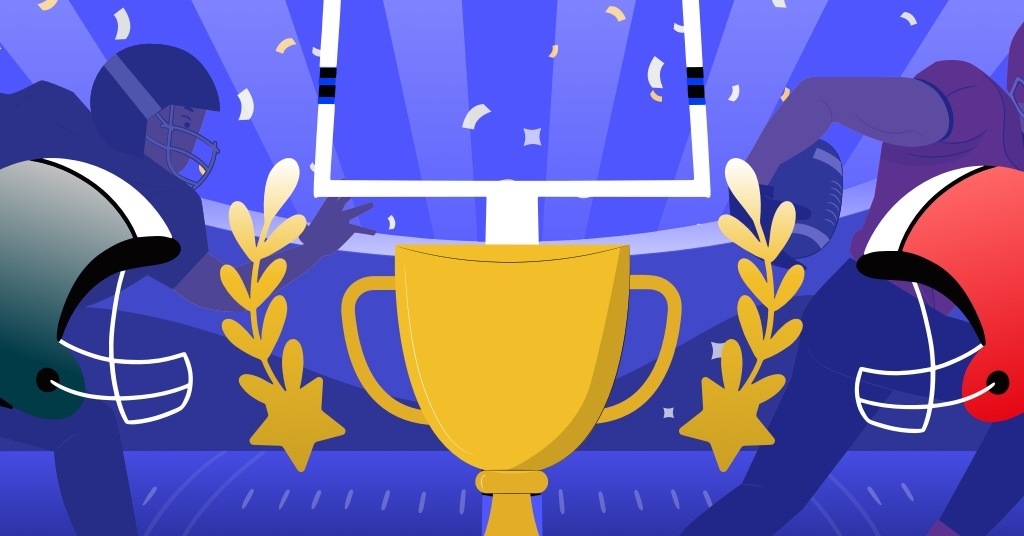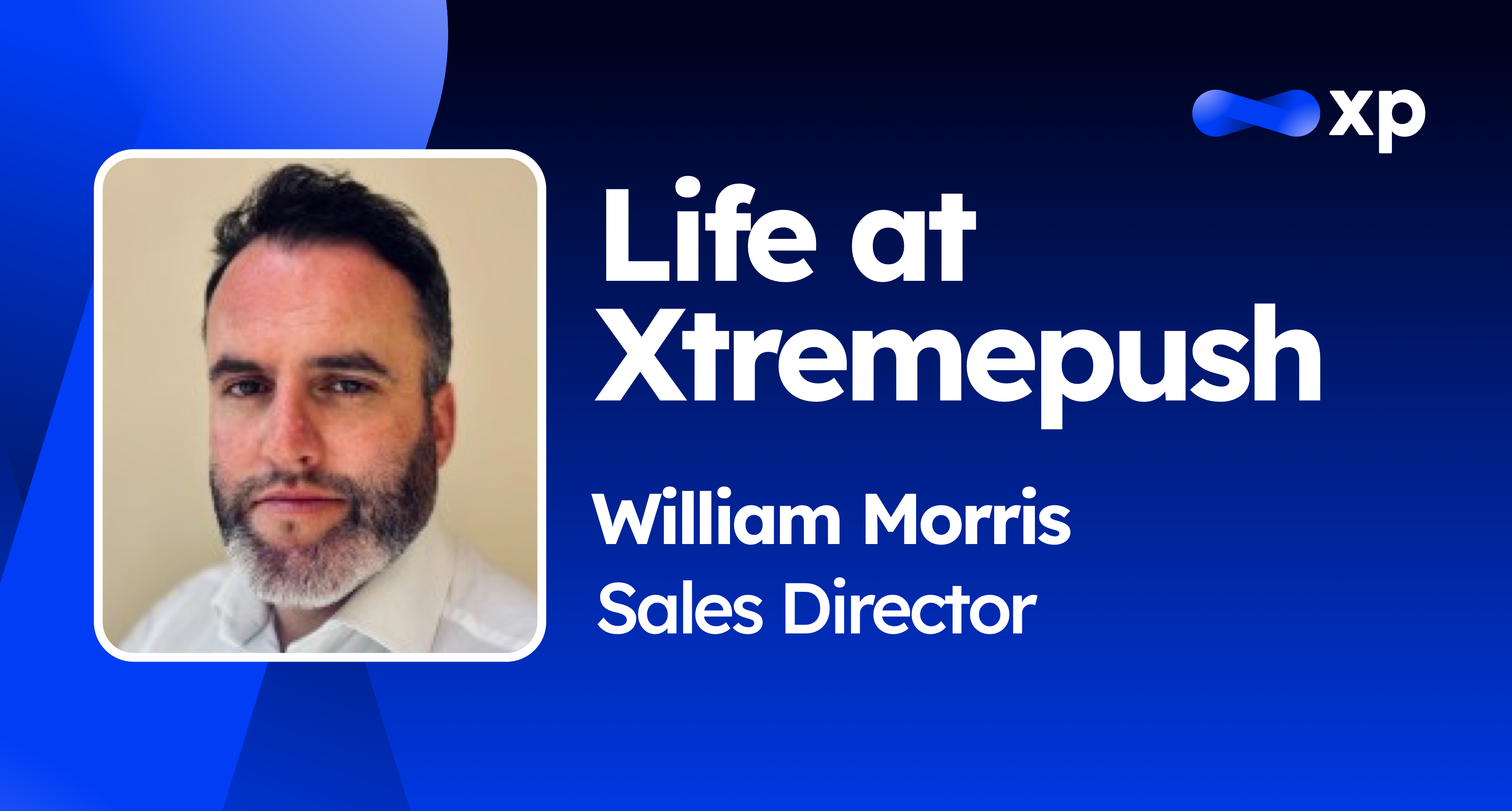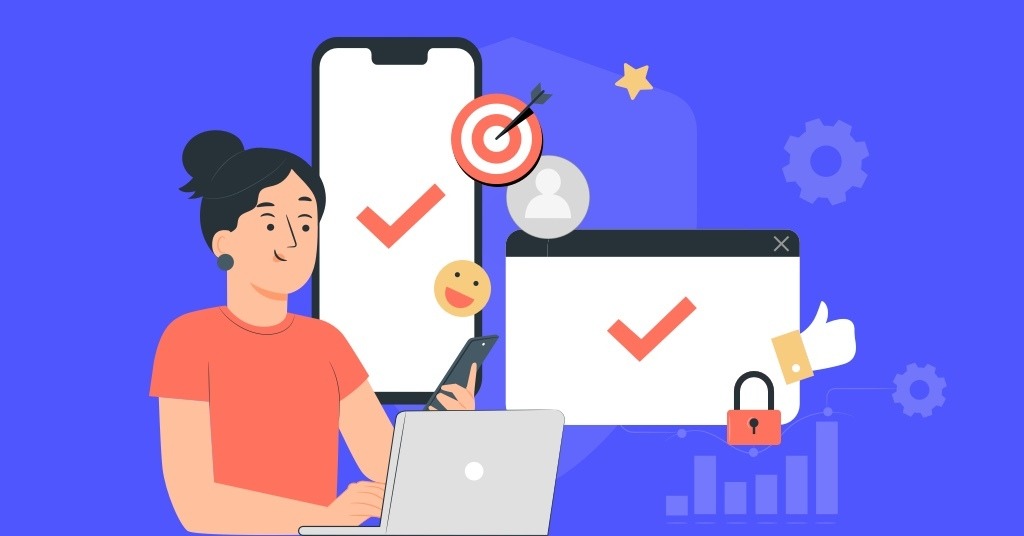In today’s mobile-centric world there is an app for almost if not everything. With 1.2 million applications in Apple Inc.’s App Store and more than 1 million Android apps on Google Play, we’ve become app-saturated. And an alarming fact is that apps rarely stick. According to Gartner Inc. research, 95 percent of apps are abandoned after just one month. However consumer preference is strongly in favour of apps (85 %) over a mobile site. The most common reasons for this is that apps are seen to be more convenient (55%), faster (48%) and easier to browse (40%). Gartner predicts that by 2017, applications will generate revenue of more than $77 billion per year — bringing in a hefty revenue stream for successful app creators.
With the growing number of smartphone users and since the launch of the iPhone 6, 6 Plus and the Apple iOS 8 release in the fall the cost for marketers to acquire loyal users has reached an all time high at $2.25, which is an increase of 21 %. A loyal user is defined as a user who opens an app three times or more.
Organizations typically invest between $15,000 and $20,000 to develop an app, and with high abandonment rates, from an ROI perspective that can be really scary. Although the cost for marketers to acquire new users is rising, in order to make the investment worthwhile in the first place engaging your users is key. As the mobile space matures there is an increasing focus on user engagement, retention and personalization. An effective way of driving loyalty and retention and ROI in your app is through in-App push notifications.
Engagement and In-App Push Notifications
App users who opt-in to receive push notifications show significantly higher engagement and retention. Through the segmentation of push notifications, users receive content that is likely to appeal to them based on their behaviour and preferences and in turn encouraging them to re-engage with the app in question. Engaging your users through in-app push notifications can help to retain loyal users and to increase ROI. As mobile apps become more sophisticated and rich, there is an increased focus on in-app messages as a way to drive repeat usage. In-app messages support more feature-rich content, like images, links and longer copy.
Starbucks has mastered in-app messaging to send out coupons and offers in addition to recommending apps and iTunes downloads.
Starbucks uses in-app messaging to tie in with free song downloads
Also it is worth noting that the trend in larger smartphone displays is giving rise to better app engagement and this will lead to more in-app purchases. If you are eager in not only engaging your users but driving user retention and app loyalty, ourselves here at Xtremepush would love to hear from you.














